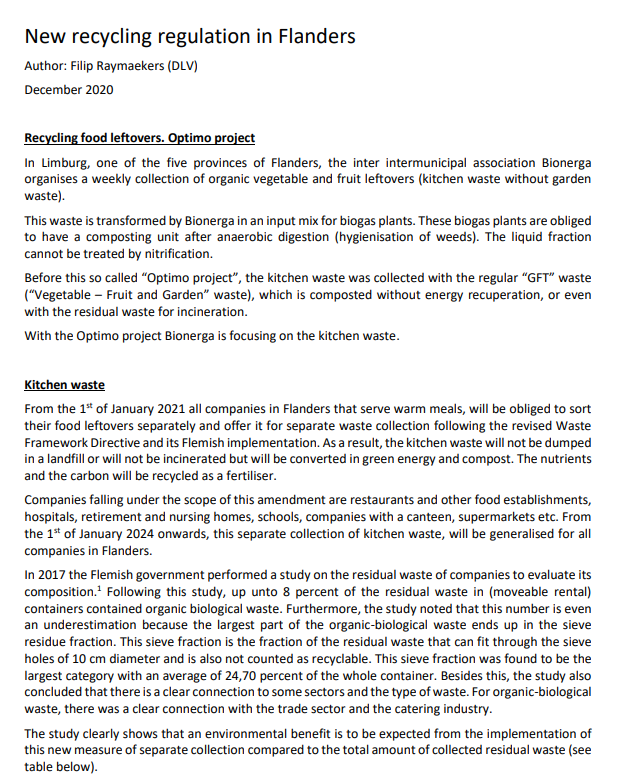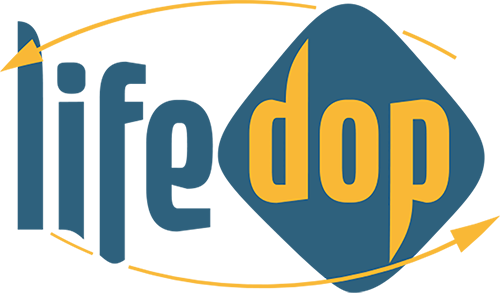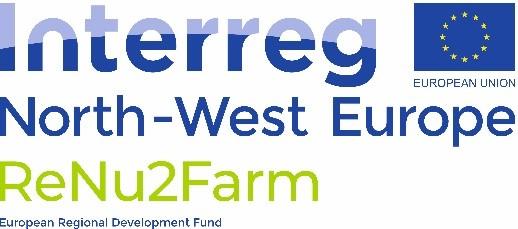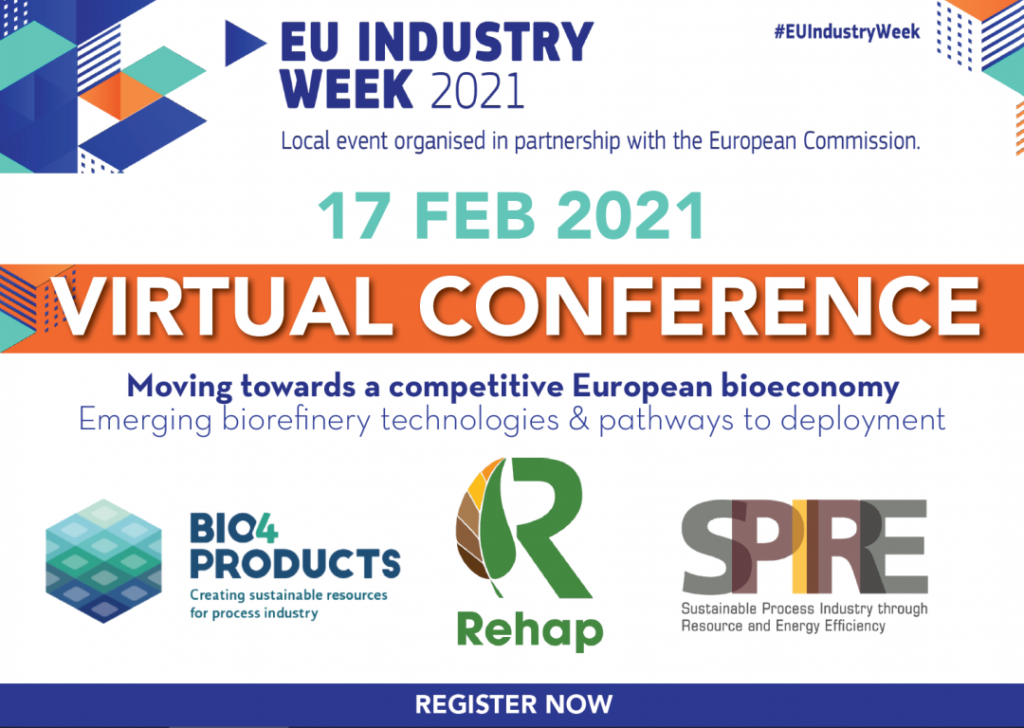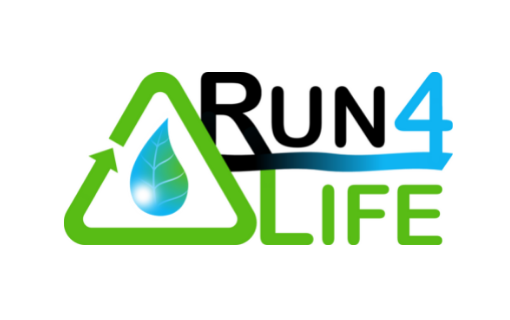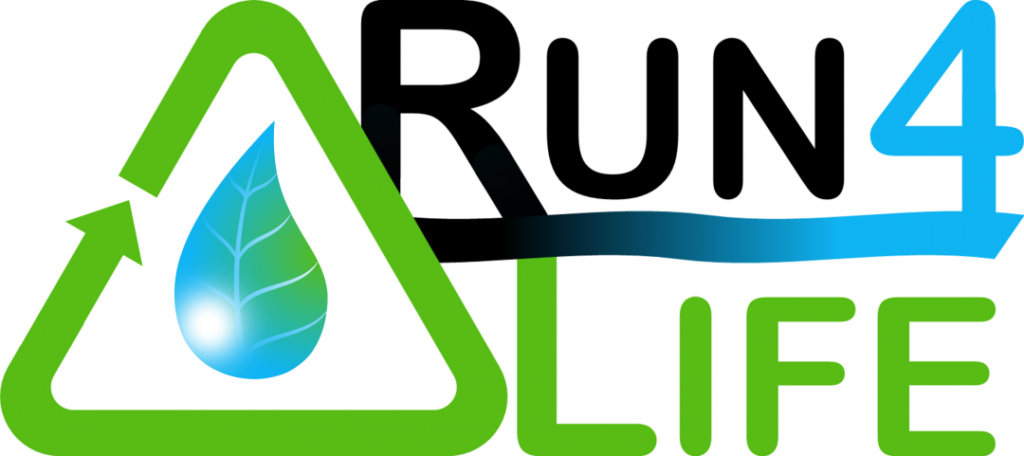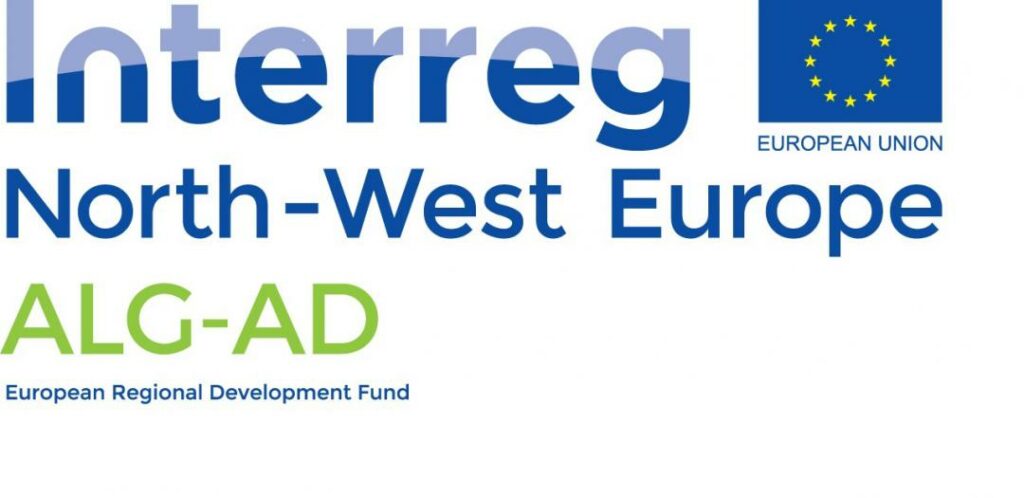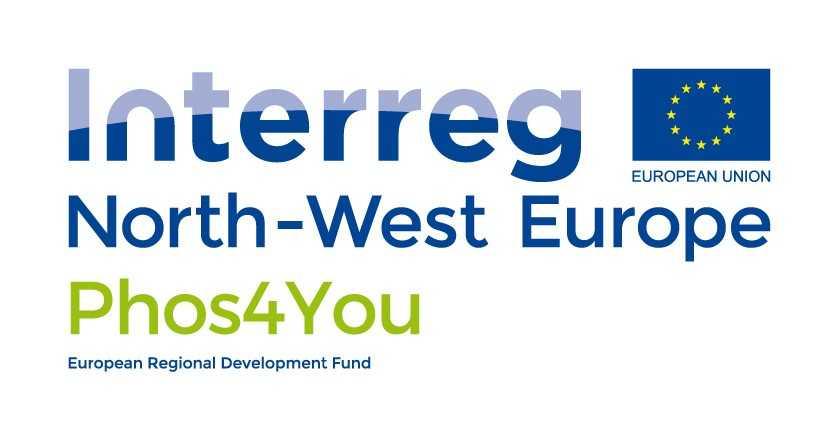In 2020, the Department of Agriculture and Fisheries (Flanders) launched a call for the submission of project proposals from operational groups within the framework of the Rural Development Programming Document. In total, twenty-four operational groups in different sectors were selected, including our very own Grass2Algae in the Circular Economy topic. […]
GRASS2ALGAE – Recycling nutrient from grass clippings for the production of circular proteins



